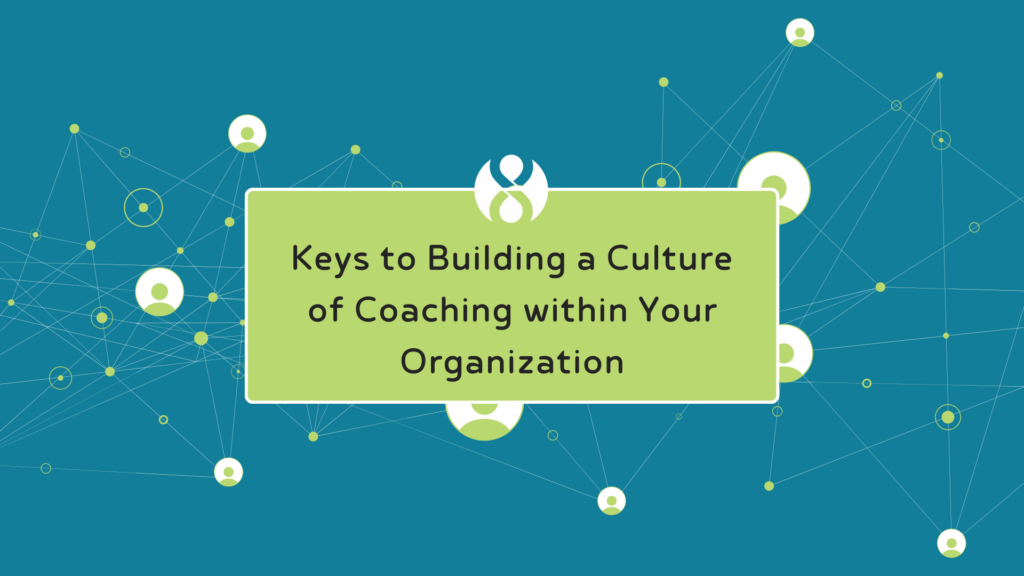When organizational growth appears stunted or the momentum seems to dwindle, it’s tempting to point fingers at individuals or specific teams that are underperforming. However, the most successful companies refrain from the blame game and instead, embark on a holistic evaluation of their internal processes.
In our experience, successful organizations consider four primary elements: People, Performance, Process, and Product—each equally significant. But, if you’re constantly altering one, measuring actual progress becomes intricate. It’s imperative to understand that while performance is an output, process is an integral input. Assessing the cadence and consistency in processes is crucial.
Process: A Standard Strategy
Processes are the structured strategies that lay the foundation for the day-to-day functioning of the organization. They are the input that is integral for aligning the organizational goals with reality. It involves a continuous cycle of improvement, it’s not linear. It’s about looking at things circularly and adjusting consistently for optimized performance.
If you’re constantly changing the process, it becomes impossible to properly measure your organization’s performance.
Performance: A Chance to Analyze
Performance, on the other hand, is the output that provides a chance to analyze the effectiveness of the processes in place. Many organizations fail to conduct thorough pre-mortems, post-mortems, and pre-game reviews, leading to a lack of continuous improvement.
When processes are not in place, performance becomes incredibly difficult to measure and teams can quickly become disengaged. Does your team have a scoreboard for measurement? If not, it’s time to create one and understand what the numbers mean.
Communicate, Empower, Value
Effective communication is paramount, along with empowering teams and ensuring that every member feels valued, accountable, and significant. These factors play a pivotal role in creating an environment conducive to enhanced performance and productivity. And, don’t simply lay out the game plan and expect everyone to buy-in. Involve your teams in strategy planning and ensure a deep understanding of the goal, the strategy, and the process from start to finish.
Align Goals and Measure Success
A common challenge for orgranizations who feel they are underperforming can be linked to misalignment.
- Are the organizational goals realistically aligned?
- Are the success measurements accurate and comprehensive?
Understanding the flaws in your processes can significantly course-correct underperformance and contribute to the upskilling of teams. If your goals aren’t aligned with your organization’s vision, they’re not leading you to the successes you need to achieve and could be a recipe for disappointment across the organization.
The most highly successful teams inherently stick to their plans. They have a solid, well-thought-out process backing most assumptions, ensuring that their course of action is well-calculated and not impulsive. You see this in business and in sports: once you’ve established your game plan, sticking to it is the key.
Knowing When to Change Course
It’s important to determine how long one should wait before deciding to pivot or change strategies, always ensuring that any shift is grounded in a strategic evaluation of existing processes.
Behavioral change takes time – and it’s not the “21-day fix” you might have previously been sold.
At Rumin8 Group, we know that it takes a minimum of 90 days to observe tangible results from a change in behaviors, and the subsequent 90 days to solidify those changes into the system. For this reason, we encourage our clients to focus on the plans we develop together for a minimum of 90 days.
And, as the saying goes – if the plan doesn’t work, change the plan but not the goal.
Patience and Consistency: A Lesson from History
Napoleon Hill’s anecdote about the man who, after years of digging for gold, sold his mine only for the next owner to find the largest gold mine in U.S. history three feet deeper, serves as a reminder of the importance of persistence and belief in one’s processes.
Often, the last 25% of the effort forces the best output from teams. But, as is the case with the man who missed out on the largest gold mine in U.S history by just thirty-six odd inches, too many teams are unwilling to keep pushing. It’s a perfect example of trusting the process all the way through to the other side of the finish line – like when you see long-distance runners pick up their pace for the last few meters. The time to slow down is never when you think the target is in sight.
Finding a Balance
Striking a balance between a steadfast process and adaptable performance measurement is key to sustainable growth and development. A comprehensive approach involving People, Performance, Process, and Product coupled with effective communication and empowerment leads to the alignment of goals with reality, ensuring that everyone within the organization is on a shared path to success.
Understanding and implementing the balanced interplay between process and performance can unlock the true potential of your organization, driving it towards radical and sustained growth.
If we could help you find this information, how could it help you plan a record year? Let’s connect and find out. Get in touch today.


